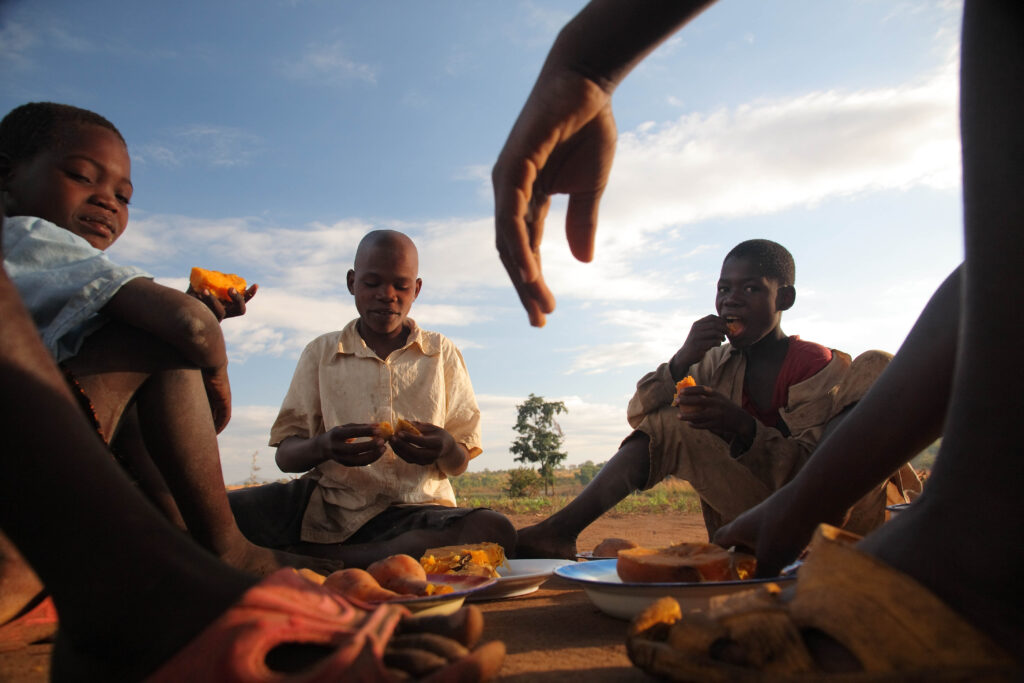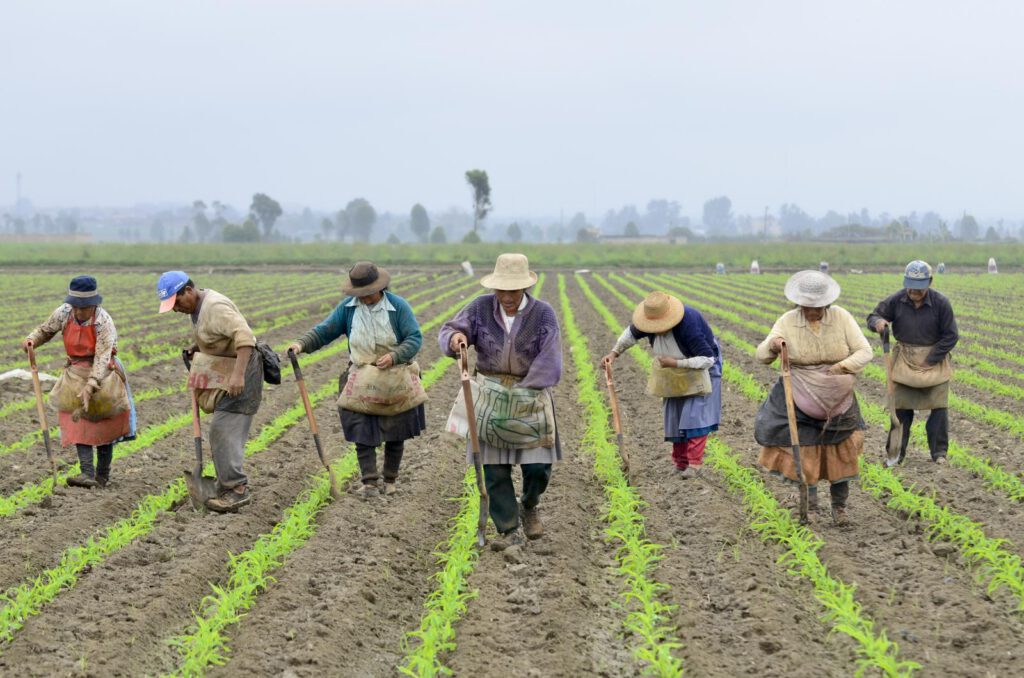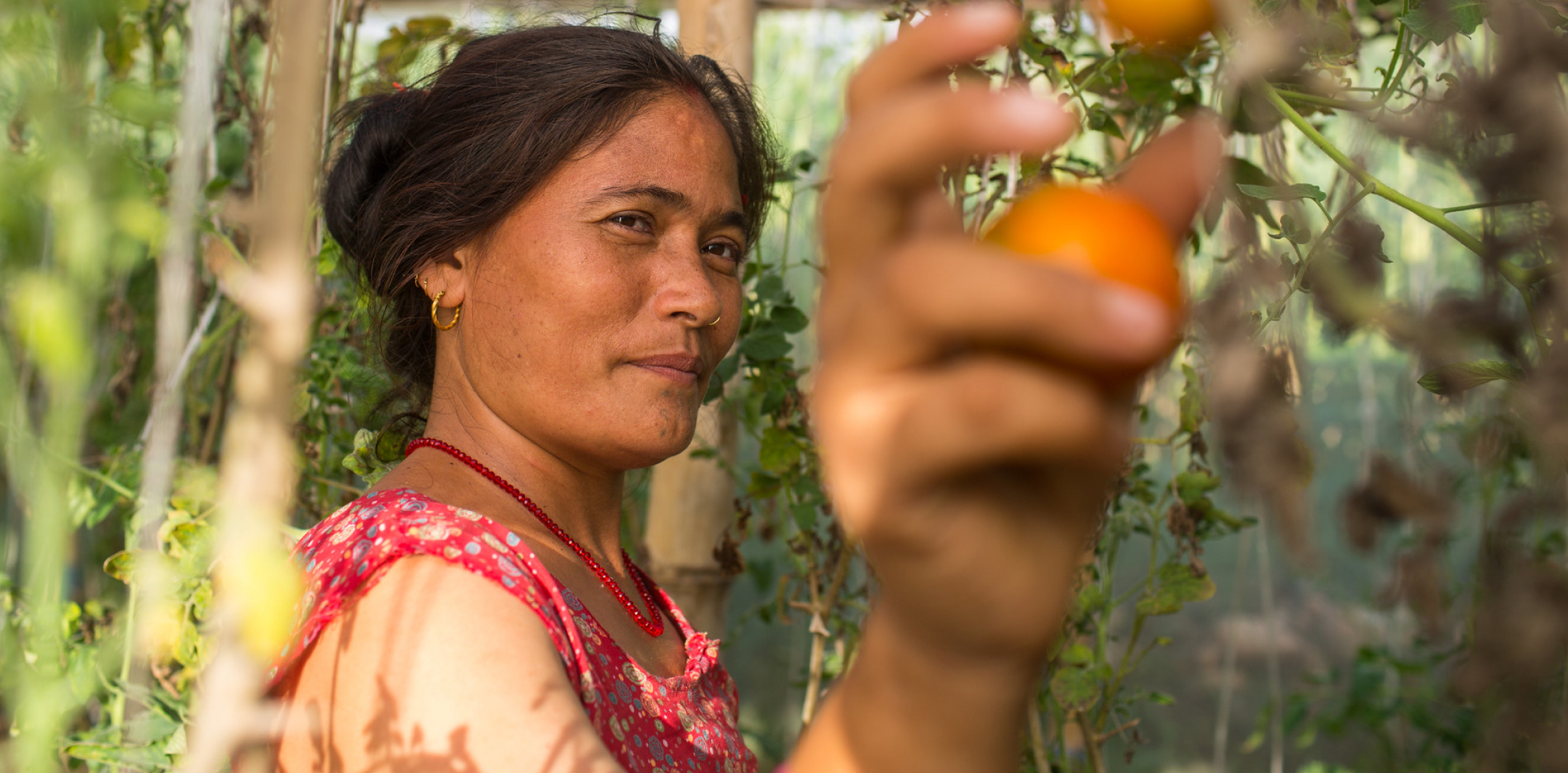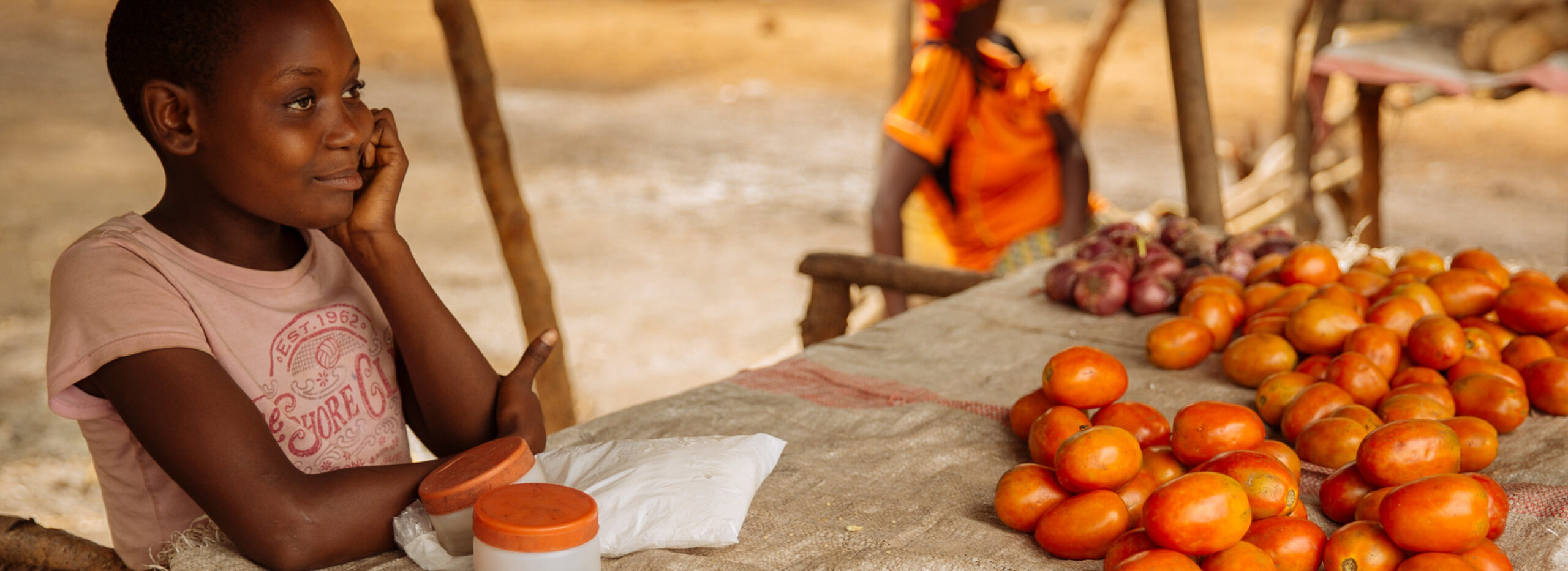There’s a rich body of scientific evidence on the connection between food, nutrition, and human health, but there’s still so much to learn.
Decades of scientific evidence has informed dietary guidelines, programs, and policies on the recommended consumption of nutrients and foods required for human growth, development, and health.
In addition to essential macro- and micro-nutrients, foods contain thousands of other biomolecules – including a vast array of specialized metabolites, many of which we don’t even have names for.
Lutein and lycopene, for example, are two specialized metabolites found in tomatoes that are widely researched for their health benefits. Although there are as yet no accepted recommended intake guidelines for these bioactive compounds, there is increasing support for the development of such guidelines because of their links with key health outcomes including in cardiovascular health.
A tomato may also contain other components, such as residue from pesticides and insecticides, that have been picked up during cultivation. The composition of a tomato is dynamic as it journeys through the food system, and is impacted by genetics, its environment, and the growing, storage, processing, and preparation conditions.
If there’s this much to learn from a single tomato, imagine the wealth of knowledge to be uncovered as we map foods from across the globe – and share our findings with stakeholders and solution-seekers everywhere.
DISCOVER: What’s In A Tomato?
There are many ways to find out more and make better choices about our food – for ourselves and our planet. Some of our food’s stories are embedded in culture and shared through social exchange. Others spring from technological innovations like foodomics, which comprehensively maps food’s biomolecular composition.
Different people know food in different ways. A farmer might consider the smell of their soil and the flavor of their crop, while a nutritionist might look at a food’s essential nutrient data, and a land manager might consider the biodiversity in the system in which it’s grown.
At PTFI, we’re working to integrate different ways of knowing food quality by mapping biomolecular, ecological, cultural, economic, sensory, and health attributes. Food system stakeholders across the globe can then use this information to deliver healthy and sustainable diets.
Listen
Foodomics with Dr. Tracy Shafizadeh
What are challenges and opportunities for foodomics for advancing our understanding of food and health for people and the planet? This podcast addresses these questions, featured on the Foodie Pharmacology podcast with guest speaker Dr. Tracy Shafizadeh.
Read
Foodomics: A Data-Driven Approach to Revolutionize Nutrition and Sustainable Diets
Read an article on foodomics to understand challenges and opportunities for better knowing our food to design data-driven solutions for society’s pressing challenges.
Frontiers in Nutrition | PERSPECTIVE article
Front. Nutr., 03 May 2022Sec. Nutrition and Sustainable Diets Volume 9 – 2022 | View the Article
What we do know is that food is much more than just a source of calories: all the components play critical roles in helping – or hindering – our bodies to thrive.
Most of us know our bodies need a balance of macronutrients like carbs, protein, and fat, and sufficient amounts of micronutrients such as vitamin D, magnesium, and iron.
Now, we’re learning more and more about other components called specialized metabolites – such as how one group called flavan-3-ol polyphenols, found in many fruits and vegetables, can help prevent things like cardiovascular disease and type 2 diabetes.
We’re also finding out more about the impact of components that can be picked up, lost, and/or changed along food’s journey from farm to table, such as pesticides.
For the first time in history, with advanced analytics and global coordination, knowledge of the complete composition of food – and how it varies across the food system – is within our reach.
PTFI is catalyzing this future by creating standardized tools and strengthening global capacity to characterize the components of the world’s food supply.
This will complement existing standardized measurements of essential nutrients. And, it will help us understand the connections between food and human and planetary health. Through capacity strengthening efforts, such as those led by Food EDU, this knowledge can be applied to inform evidence-based programs, practices, and policies.
Human and Planetary Health
Diets
Agriculture
Biodiversity
Biodiversity
Climate Change
If we can enhance food quality while conserving and restoring ecosystems, we will address several key challenges facing humanity and the planet:

Diet-related chronic disease
Poor diets are a leading cause of morbidity and mortality around the world. Malnutrition in all its forms (undernutrition, micronutrient deficiency, and overweight and obesity) persists in every country.
Improving food access and integrating higher food quality into our diets can help more people thrive.

Sustainable + regenerative agriculture
Agriculture feeds the world’s growing population while providing livelihoods for approximately one billion people and supporting local economies.
However, dominant farming practices are degrading the natural resource base that supports nutrition and food security.
Choosing regenerative agricultural systems that mimic nature can protect ecosystems and help us heal our relationships with the environment.

Biodiversity
Biodiversity supports people, plants, and other species to thrive in a changing world. There are over 30,000 edible species, which are composed of thousands of biomolecules that play diverse roles in ecosystems and in our bodies.
However, the diversity of our food systems is threatened by globalization, land-use shifts, and climate change. Promoting agrobiodiversity enhances ecosystem services and resilience while allowing us to enjoy diverse flavors.

Equity
Food system challenges disproportionately impact the world’s most vulnerable populations including minority, Indigenous, and low-income communities.
For example, malnutrition disproportionately affects low-income populations with systemic inequities that limit food access and dietary intake.
At the farm level, inequalities in access to capital and social resources can disable the most vulnerable producers. Equity and inclusivity should be at the core of all food system solutions.

Climate Change
At the farm level, inequalities in access to capital and social resources can disable the most vulnerable producers. Equity and inclusivity should be at the core of all food system solutions.
Climate mitigation practices are urgently needed to reverse this crisis and heal the planet.



